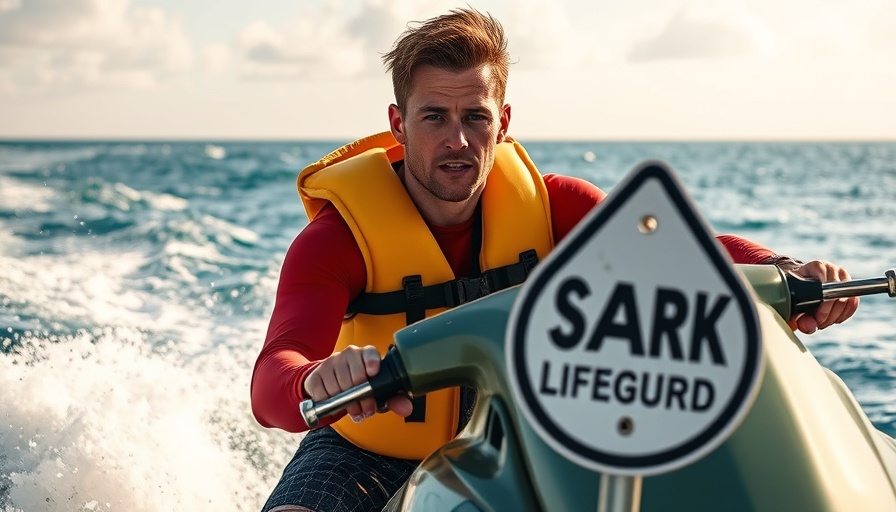
Tragic Shark Attack: What Happened?
A shocking incident at Dee Why Beach in Sydney has left the community reeling, as a 57-year-old man tragically lost his life following an attack by what authorities believe was a shark. This incident, which occurred on September 6, 2025, highlights the dangers that can lurk in the waters of one of Australia’s most beloved beach destinations. Despite the beach being a hotspot for swimming and surfing, this event serves as a grim reminder of the unpredictable nature of marine life.
Understanding the Risks of Swimming at Popular Beaches
Beaches in Australia, especially those known for their beauty and surf culture, see thousands of beachgoers annually. However, the risk of encounters with sharks often becomes a topic of fear and fascination. Research indicates that the likelihood of being bitten by a shark remains extremely low compared to other risks associated with beach activities. Nonetheless, incidents like the one at Dee Why Beach prompt renewed discussions about safety measures and precautions that swimmers should take.
The Social Impact of the Incident
This tragedy has prompted an outpouring of grief and shock from the local community. Many have shared their condolences online, and social media has exploded with discussions around the safety of local waters. With shark attacks being a rare occurrence, they spark conversations about our relationship with nature and the ocean. How do we balance our love for beaches with an understanding of the risks they pose?
Shark Attack Statistics: What Do They Reveal?
According to the Australian Shark Attack File, the number of unprovoked shark attacks has remained relatively stable over the years, with about 20 to 30 attacks reported annually across the country. While fatalities are rare, the presence of sharks near popular swimming spots raises concerns each summer season. The Dee Why Beach incident underscores the importance of monitoring shark activity and employing safety measures, such as beach patrols by lifeguards who can identify dangers and assist swimmers.
Global Perspective on Shark Encounters
Shark encounters are not just an Australian issue; similar incidents occur worldwide, from the beaches of California to the coasts of South Africa. Each year, various organizations and governments work to improve swimmer safety while preserving marine biodiversity. In many regions, initiatives like shark nets and tagging programs are enacted to provide more information about shark movements and behavior. Such measures aim to keep swimmers informed and safe while ensuring that sharks are protected as a vital part of ocean ecosystems.
Future Trends in Shark Safety
Looking forward, technological advancements may play a crucial role in improving beach safety. Innovations in drone surveillance, shark deterrents, and enhanced tracking will likely evolve alongside traditional surf lifesaving methods. These developments could provide beachgoers with better information regarding shark presence and improve overall safety in busy coastal areas. Product developers and local authorities are continuously exploring solutions that effectively blend technological advancement with environmental conservation.
Conclusion: A Call for Awareness and Caution
The tragic events at Dee Why Beach invoke a collective call for enhanced awareness and safety measures for beachgoers. While encounters with sharks are rare, they can have devastating consequences. As we enjoy the beauty of our oceans, it’s vital to stay informed, heed safety warnings, and respect the wildlife that inhabits these waters. Keeping local beaches safe will not only protect swimmers but also ensure that our ecosystems thrive.
If you frequently visit beaches, become informed about the potential risks and necessary safety precautions, and share this knowledge with fellow beach enthusiasts. Awareness is our best ally in enjoying beach life while respecting the natural world.
 Add Row
Add Row  Add
Add 




Write A Comment